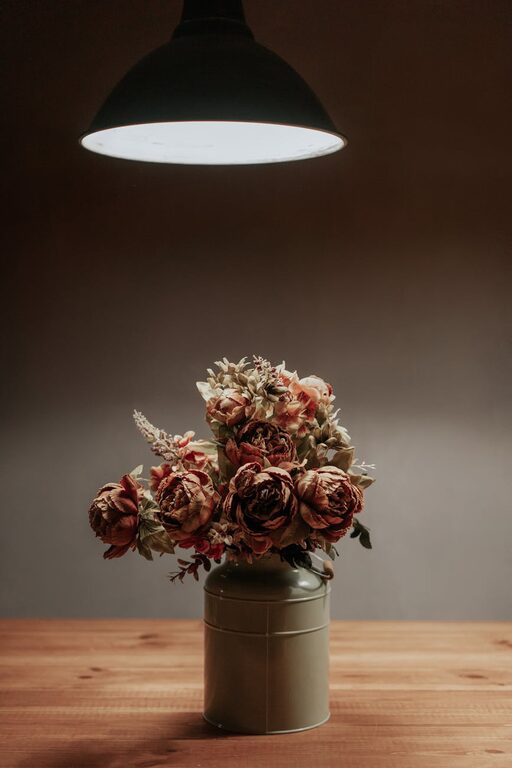
Tips for Choosing Calm Colors for Your Home
Creating a serene and inviting atmosphere at home often begins with the colors you choose for your walls, furniture, and accessories. Calm colors have the power to reduce stress, promote relaxation, and make spaces feel more spacious and harmonious. Whether you’re redecorating a single room or your entire home, selecting the right calm colors can make a significant difference.
In this post, we’ll share practical tips to help you choose soothing colors that suit your style and enhance your living space.
Understanding the Role of Calm Colors
Calm colors are often associated with shades that promote tranquility and reduce sensory overload. These typically include soft neutrals, muted tones, and nature-inspired hues. They set a peaceful tone, making your home a restful retreat from the busy outside world.
Why Choose Calm Colors?
– Promote relaxation: Ideal for bedrooms, living rooms, and bathrooms.
– Enhance focus: Great for home offices or study areas.
– Make spaces feel larger: Light and soft colors can open up a room.
– Create cohesion: Calm colors often blend well with various styles and materials.
Popular Calming Color Families
1. Blues
Blue is commonly seen as the most calming color. It evokes feelings of the sky and sea, symbolizing stability and serenity.
– Soft sky blue: Works well in bedrooms and bathrooms.
– Muted navy or slate blue: Adds depth without overwhelming a space.
2. Greens
Green connects us to nature and promotes balance and renewal.
– Sage green: A subtle, earthy tone that pairs well with wood and natural textures.
– Mint green: Brings a fresh and airy feel to kitchens or living rooms.
3. Neutrals
Neutral tones are versatile and timeless, providing a gentle backdrop.
– Warm beige or taupe: Adds warmth without intensity.
– Cool grays: Understated and elegant, helpful for modern spaces.
4. Soft Pinks and Lavenders
These hues add warmth and softness without being too vibrant.
– Blush pink: Creates a cozy and inviting environment.
– Light lavender: Offers a soothing, gentle touch.
Tips for Choosing the Right Calm Colors for Your Home
1. Consider Lighting
Lighting can dramatically affect how a color looks in your space.
– Observe your room at different times of day.
– Test paint samples on walls and observe under natural and artificial light.
– Choose warmer tones for north-facing rooms that get less sunlight and cooler tones for bright, south-facing rooms.
2. Match Colors to the Room's Purpose
Different rooms benefit from specific calming shades.
– Bedroom: Opt for soft blues, greens, or neutrals to foster rest.
– Living room: Choose inviting warm neutrals or gentle blushes.
– Kitchen and dining: Light greens or muted yellows inspire freshness.
– Bathroom: Pale blues and soft grays enhance cleanliness and calm.
3. Use Color Samples
Always test paint colors on your walls before committing.
– Paint small sections and observe over several days.
– Compare samples side-by-side under the same lighting.
– Remember that colors can look different on large walls compared to small swatches.
4. Create a Color Palette
Build a cohesive palette of base and accent calm colors.
– Use color palette tools online for inspiration.
– Start with a dominant neutral color and add soft accent hues.
– Incorporate color through décor items like cushions, rugs, and curtains.
5. Balance With Texture and Materials
Color isn’t the only element that affects the atmosphere.
– Natural materials like wood, cotton, and linen add warmth and comfort.
– Matte finishes absorb light softly, enhancing calmness.
– Avoid overly shiny or reflective surfaces that can feel harsh.
6. Avoid Overuse of Bold Colors
Bright and bold colors can disrupt the calm ambiance.
– Use vibrant colors sparingly to add personality without overwhelming.
– Consider bold colors in small accessories or accent walls.
7. Trust Your Instincts
Ultimately, your personal comfort matters most.
– Choose colors you feel drawn to and that make you feel relaxed.
– Don’t be afraid to modify traditional ‘calm’ colors to suit your taste.
Additional Ideas to Enhance Calmness With Color
– Monochromatic schemes: Different tones of the same color can unify a space while maintaining calm.
– Pastels: Light pastel shades naturally evoke softness and peace.
– Nature-inspired hues: Earthy browns, soft moss greens, or sandy tans mimic the outdoors.
– White and off-white: These colors add brightness and a sense of cleanliness and spaciousness.
Final Thoughts
Selecting calm colors for your home is a wonderful way to create a restful, inviting environment. By taking lighting, room purpose, and personal preference into account, you can choose hues that promote peace and wellbeing.
Remember to take your time sampling colors and building your palette. With thoughtful choices, your home will become a serene sanctuary where you can relax and recharge every day. Happy decorating!
